Table of Contents
The UNESCO Sites in Peru have resulted in recognizing 13 cultural and natural landmarks as UNESCO World Heritage Sites in Peru and 24 locations on the Peru UNESCO tentative list. These tourist sites in Peru are acknowledged for their unique and valuable cultural, natural, artistic, and historical significance and are preserved for future generations to enjoy.
In addition to these 13 sites in the Peru UNESCO list, there are many other places to travel to Peru that are being considered for UNESCO recognition. These sites, listed on the tentative list, showcase the country’s rich cultural heritage and are waiting for approval to join the prestigious and famous World Heritage Sites list.
To help visitors discover these remarkable Peru tourist attractions, we have assembled an interactive map of the UNESCO sites in Peru.
Peru UNESCO Map
Click markers to show information and photo.
World Heritage Sites in Peru
UNESCO World Heritage Sites in Peru
There are 13 UNESCO World Heritage Sites in Peru. All of these three sites are listed under the Cultural category.
- Chan Chan Archaeological Zone
- Chankillo Archaeoastronomical Complex
- Chavin (Archaeological Site)
- City of Cuzco
- Historic Centre of Lima
- Historical Centre of the City of Arequipa
- Lines and Geoglyphs of Nasca and Palpa
- Qhapaq Ñan, Andean Road System
- Sacred City of Caral-Supe
- Huascarán National Park
- Manú National Park
- Historic Sanctuary of Machu Picchu
- Río Abiseo National Park
UNESCO World Heritage Sites in Peru are protected locations for their cultural and natural importance.
Chan Chan Archaeological Zone
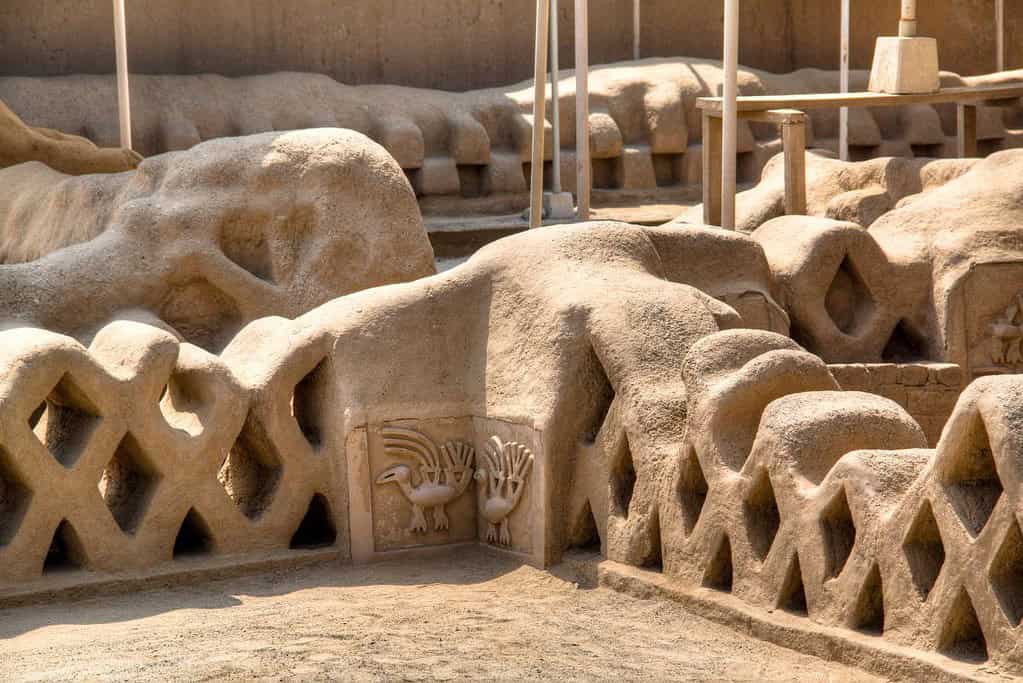
The Chan Chan Archaeological Zone is a UNESCO World Heritage Site in Trujillo, Peru. It is the largest adobe city in the world and was once the capital of the Chimú Kingdom, which flourished on the northern coast of Peru from the 9th to the 15th centuries. The site features well-preserved earthen walls decorated with intricate carvings depicting various subjects, including animals, mythical beings, and geometric patterns. The walls are home to several key landmarks, including the Tschudi Palace, which was the royal residence of the Chimú rulers and showcases their contributions to Peruvian architecture and culture. The Chan Chan Archaeological Zone is a must-visit destination for anyone interested in ancient architecture and history.
Chankillo Archaeoastronomical Complex
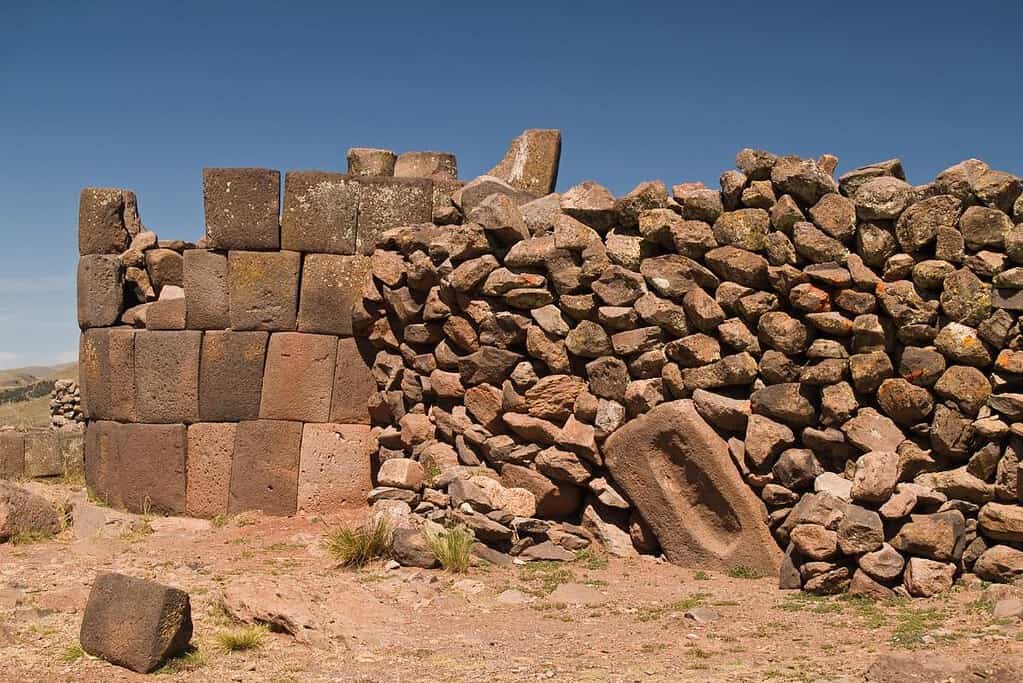
The Chankillo Archaeoastronomical Complex is a UNESCO World Heritage Site located in Peru. It is an ancient astronomical observatory that dates back to the 4th century BCE and is located in the Casma-Sechin River Basin. The complex includes a series of stone towers and a fortified wall that runs parallel to the towers. The towers were used to observe the movement of the sun, moon, and stars, making it one of the earliest known examples of astronomical observation in the Americas. The complex is believed to have played an important role in the religious and ceremonial life of the ancient Peruvian people, and it is considered one of the most important archaeological sites in Peru. The Chankillo Archaeoastronomical Complex is a must-visit destination for anyone interested in ancient astronomy and Peruvian history.
Chavin (Archaeological Site)
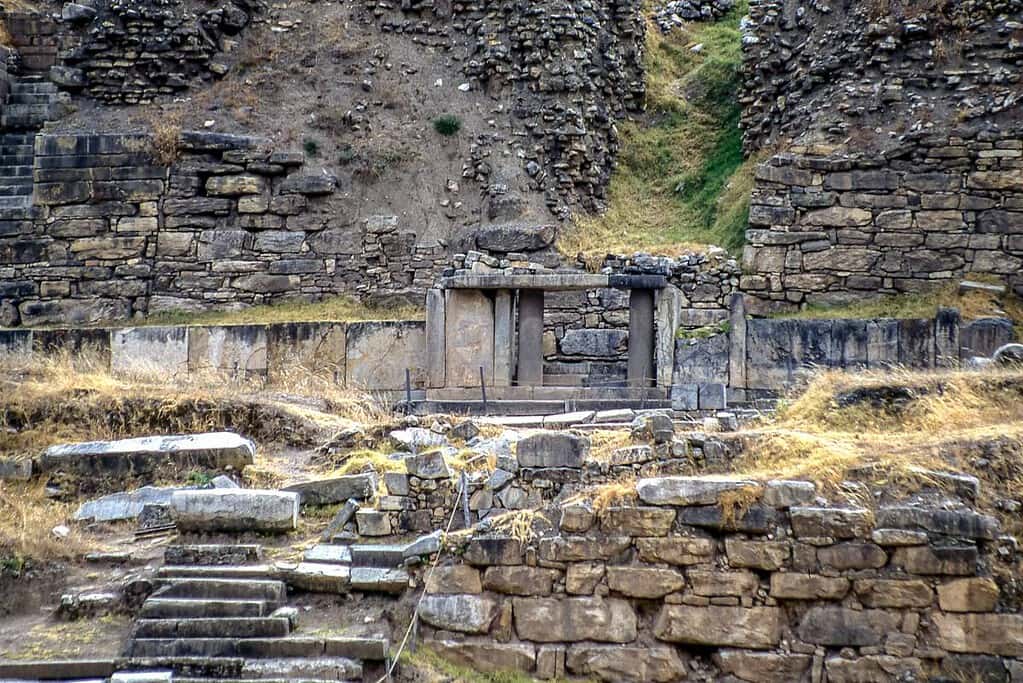
Chavin is an archaeological site located in the Andean highlands of Peru. This UNESCO World Heritage site was once the center of the Chavin culture, which flourished in the region from around 900 BCE to 200 BCE. The site is home to impressive stone architecture, including monumental temples and pyramids, which reflect the advanced engineering skills of the Chavin people. The site is also famous for its intricate carvings and sculptures depicting various religious and mythological figures. Chavin is a must-visit destination for anyone interested in ancient Peruvian culture and history.
City of Cuzco
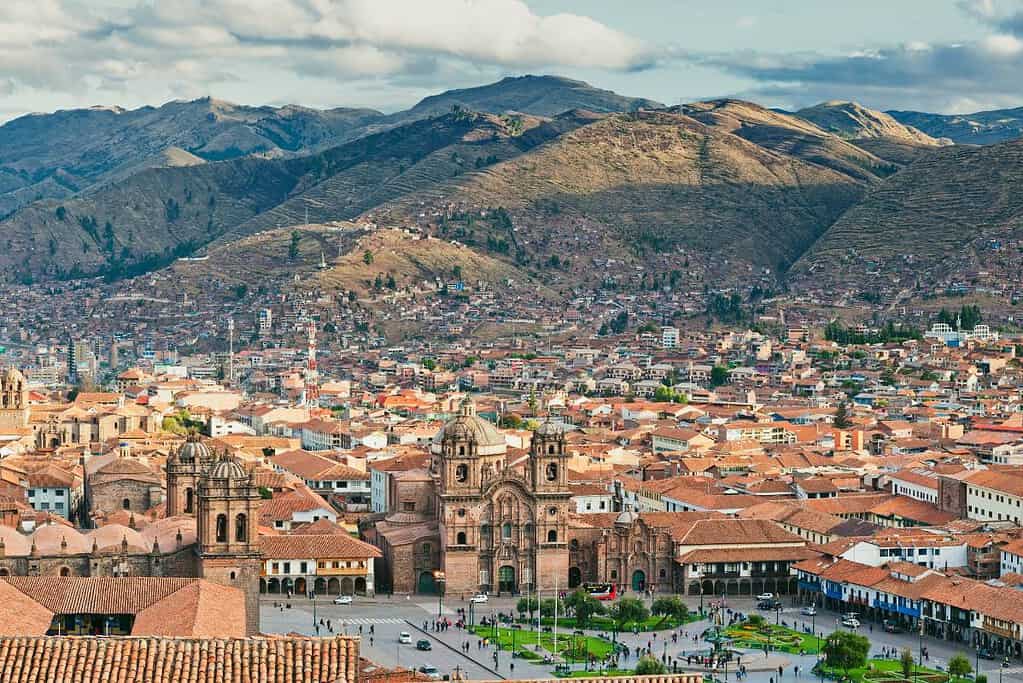
The City of Cuzco, located in the Peruvian Andes, is a UNESCO World Heritage site once the Inca Empire’s capital. The city boasts a unique blend of Inca and Spanish colonial architecture and is home to many well-preserved ancient structures such as the Coricancha temple, Sacsayhuaman fortress, and the Inca road system. The city’s central plaza, the Plaza de Armas, is a bustling center of activity, and visitors can explore the many museums, restaurants, and shops that line its streets. The City of Cuzco is a must-visit destination for anyone interested in ancient history and architecture and those seeking to experience the vibrant culture of modern-day Peru.
Historic Centre of Lima
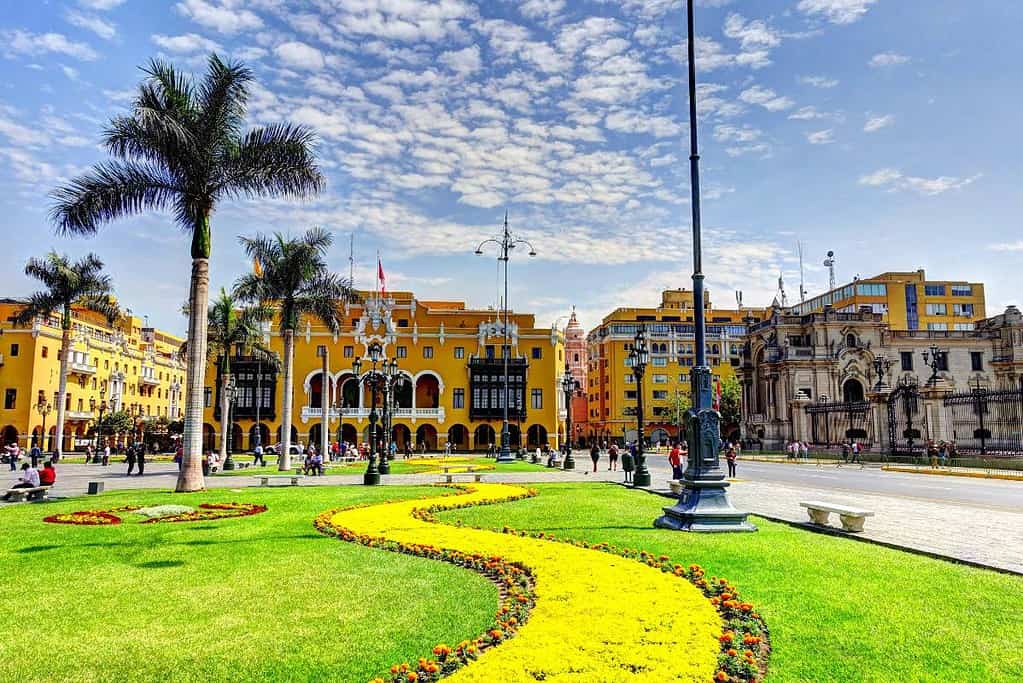
The Historic Centre of Lima is a UNESCO World Heritage site located in the capital city of Peru. It is a well-preserved example of colonial architecture and urban planning, featuring a unique blend of Spanish and indigenous styles. The site includes important landmarks such as the Plaza Mayor, which has been the heart of Lima’s civic life since the city’s founding in the 16th century, and the Cathedral of Lima, which houses the remains of the city’s founder Francisco Pizarro. The historic center also includes numerous palaces, churches, and convents that showcase the city’s rich history and cultural heritage. Visitors can explore the narrow streets and alleyways of the historic center and marvel at the intricate architecture and fascinating history of this beautiful city.
Historical Centre of the City of Arequipa
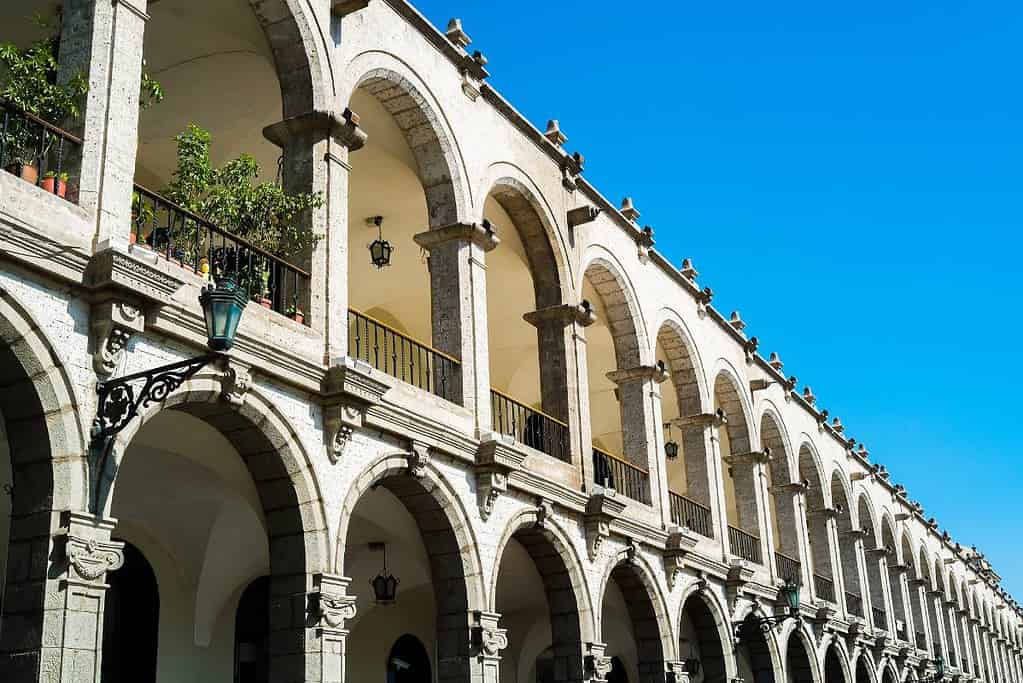
The Historical Centre of the City of Arequipa is a UNESCO World Heritage Site located in the city of Arequipa in Peru. The site is known for its well-preserved colonial architecture, including the Santa Catalina Monastery, a large complex built in the 16th century and served as a cloistered convent for nuns until the 1960s. The site also features several other colonial-era buildings, including churches, mansions, and public buildings, all of which showcase the unique blend of Spanish and indigenous architectural styles developed in the region. The Historical Centre of the City of Arequipa is a testament to the rich cultural heritage of Peru. It is a must-visit destination for anyone interested in history, architecture, and culture.
Lines and Geoglyphs of Nasca and Palpa
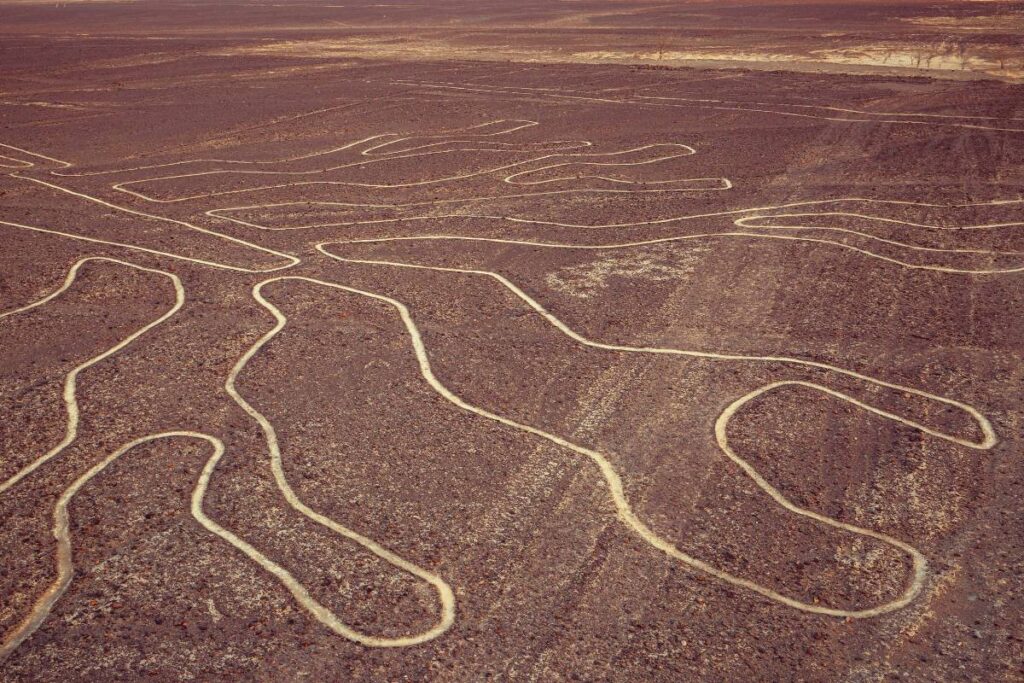
The Lines and Geoglyphs of Nasca and Palpa is a UNESCO World Heritage Site in southern Peru’s Nazca Desert. The site is famous for its ancient geoglyphs, created by the Nazca people between 500 BCE and 500 CE. The geoglyphs are large designs that cover the desert floor and can only be fully appreciated from above. They include figures of animals, plants, geometric shapes, and hundreds of straight lines that run across the desert. The purpose of the geoglyphs is still a mystery, but they are believed to have had a religious or astronomical significance to the Nazca people. The Lines and Geoglyphs of Nasca and Palpa are a unique and mysterious archaeological wonder that attracts visitors worldwide.
Qhapaq Ñan, Andean Road System
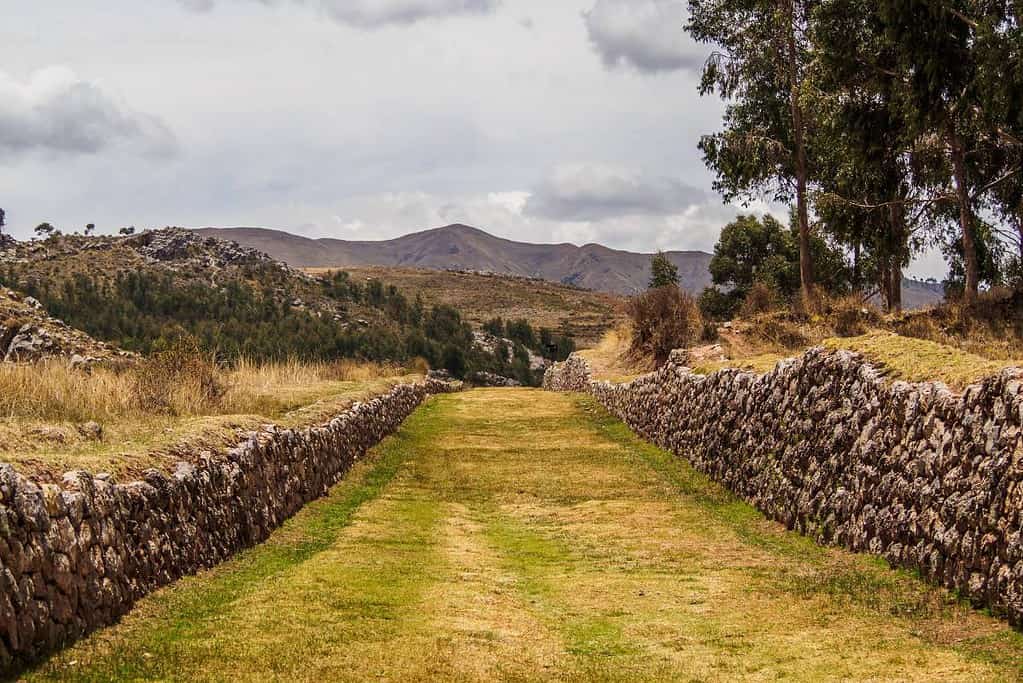
The Qhapaq Ñan, Andean Road System is a UNESCO World Heritage site in Peru that features a network of roads and trails that the Incas constructed during their reign. The road system stretches over 30,000 kilometers and spans six countries, including Peru, Ecuador, Bolivia, Chile, Colombia, and Argentina. The roads served as a major transportation network for the Inca Empire and played a vital role in the region’s social, political, and economic development. The Qhapaq Ñan is a remarkable example of Inca engineering and architecture and is a must-visit destination for anyone interested in the history and culture of the Andean region.
Sacred City of Caral-Supe
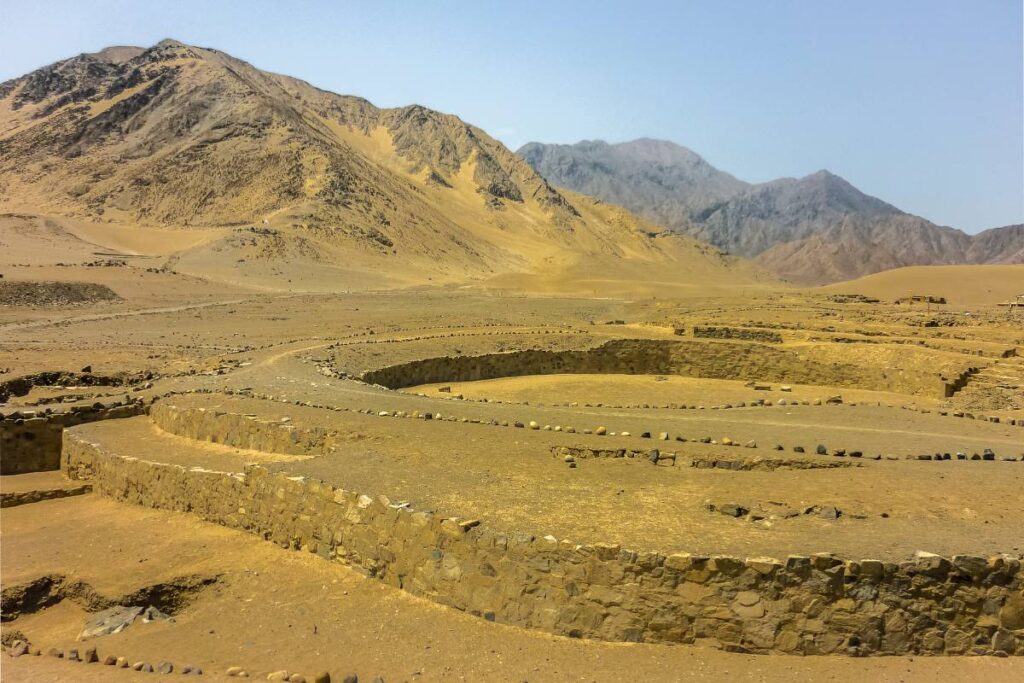
The Sacred City of Caral-Supe is a UNESCO World Heritage site in the Supe Valley of Peru, about 200 kilometers north of Lima. It is one of the oldest and largest urban settlements in the Americas and dates back to the Late Archaic period, around 2600 BCE. The city’s monumental architecture includes six large pyramidal structures, an amphitheater, and residential buildings. The site is also significant for its irrigation system, one of the oldest in the world, and its sophisticated civic planning, including using a quipu (an ancient system of record-keeping using knotted strings). The Sacred City of Caral-Supe offers a unique glimpse into the cultural and technological achievements of the ancient Americas. It is a must-visit destination for anyone interested in archaeology and history.
Huascarán National Park
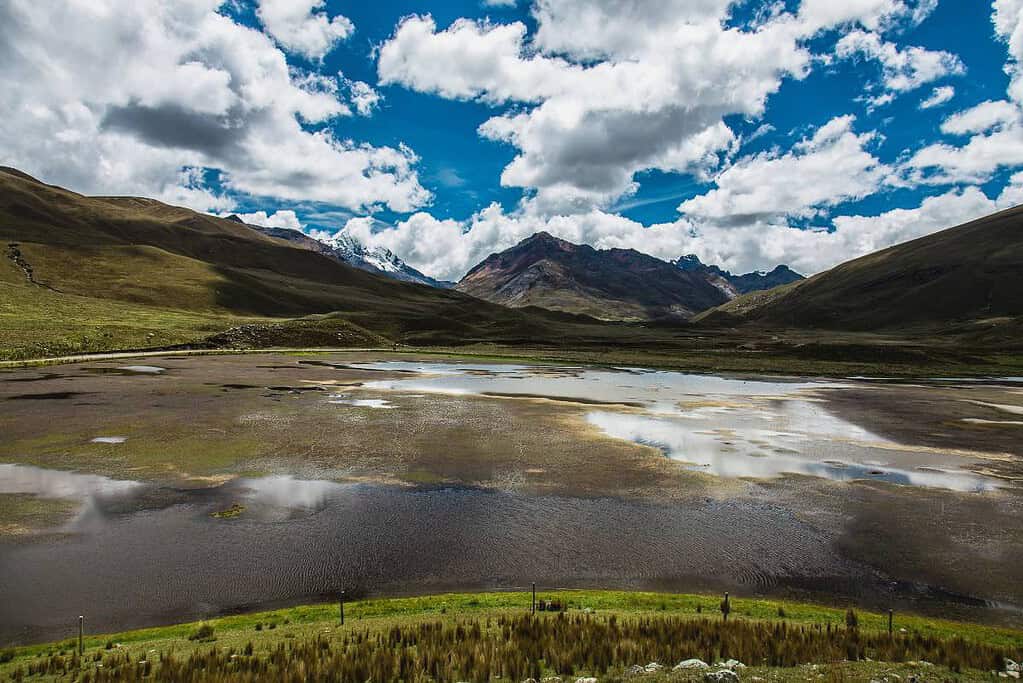
Huascarán National Park is a UNESCO World Heritage Site in the central Andes of Peru. The park covers an area of over 340,000 hectares and features stunning high-altitude landscapes, including towering peaks, glaciers, lakes, and valleys. The park is home to the highest tropical mountain range in the world, the Cordillera Blanca, and boasts over 700 species of plants and animals, many of which are endemic to the region. The park is also home to numerous archaeological sites offering insight into the ancient cultures once inhabited the area. Huascarán National Park is a must-visit destination for anyone interested in nature, adventure, and culture.
Manú National Park
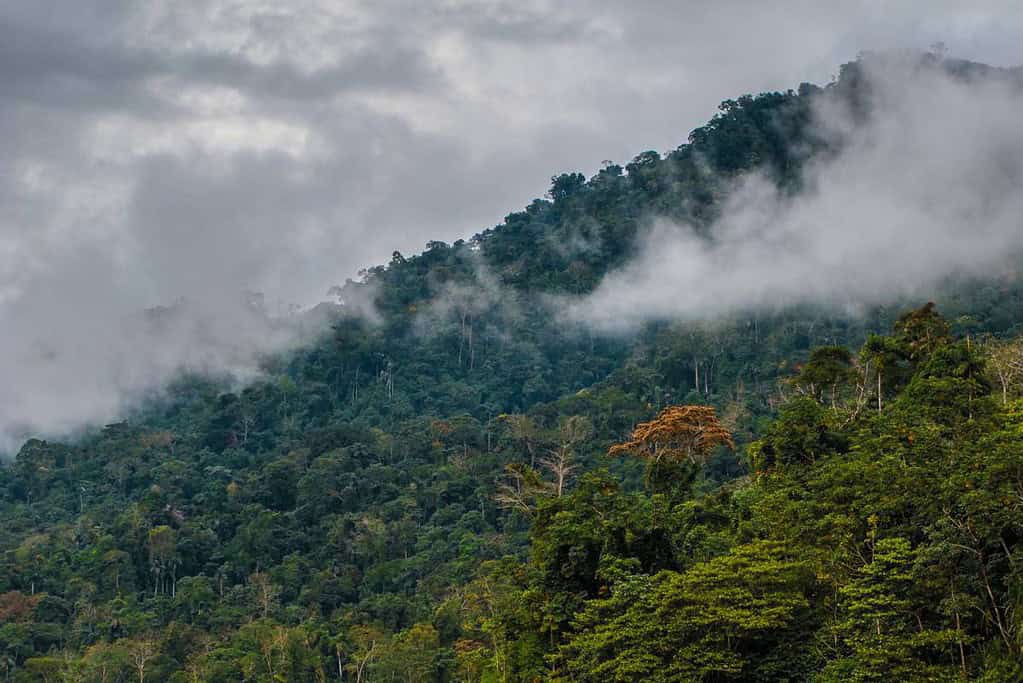
Manu National Park is a UNESCO World Heritage site located in the southeastern region of Peru. The park is one of the largest protected areas in South America. It is home to a wide variety of flora and fauna, including several endangered species such as the giant otter, jaguar, and harpy eagle.
The park encompasses three distinct ecological zones: the Andean highlands, cloud forests, and lowland tropical rainforests. Visitors can explore the park on foot or by boat and witness the incredible diversity of wildlife and vegetation.
Historic Sanctuary of Machu Picchu
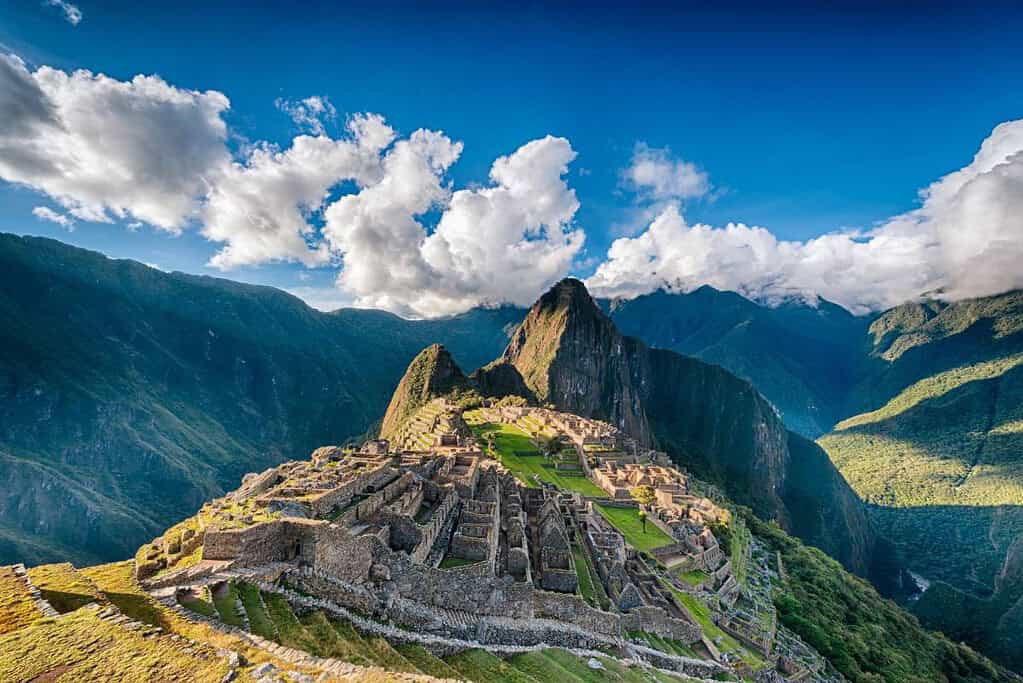
The Historic Sanctuary of Machu Picchu is a UNESCO World Heritage Site in the Cusco Region of Peru. It is one of the most iconic and well-known archaeological sites in the world, and it was built during the Inca Empire in the 15th century. The site is perched on a mountain ridge and features well-preserved stone structures, terraces, and plazas used for religious and agricultural purposes. The complex also features several water channels and fountains that showcase the sophisticated engineering skills of the Inca people. The Historic Sanctuary of Machu Picchu is a must-visit destination for anyone interested in ancient history and culture.
Río Abiseo National Park
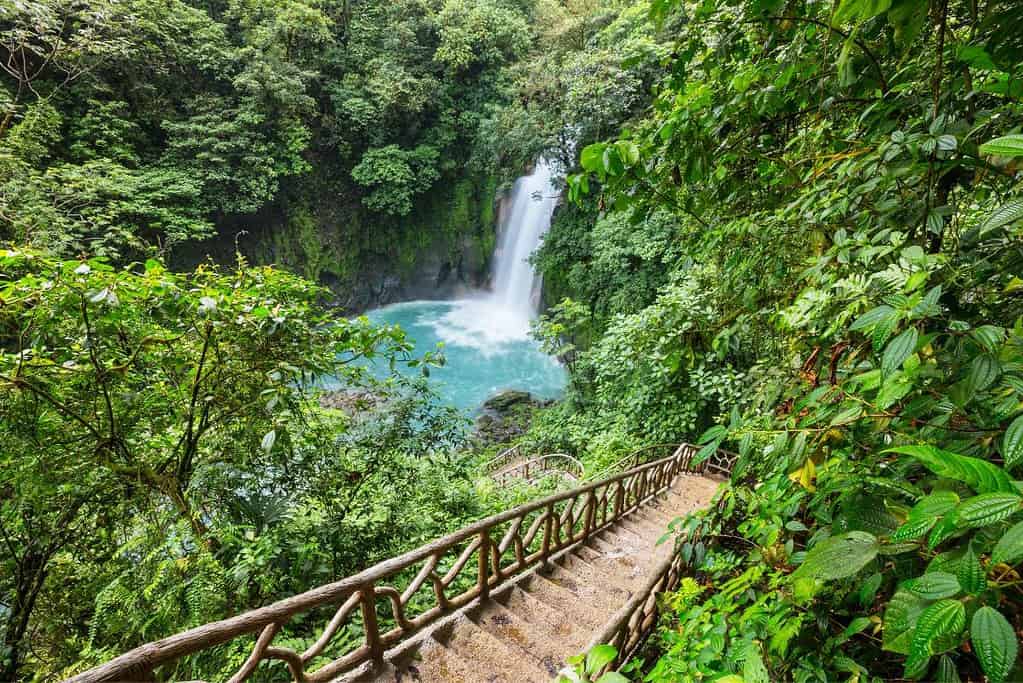
Río Abiseo National Park is a UNESCO World Heritage site in the San Martin region of Peru. The park is home to diverse flora and fauna, including several endangered species. It also contains numerous archaeological sites dating back to the pre-Columbian era, including the Gran Pajatén, a complex of ruins with stunning stonework and intricate carvings. The park’s remote location and challenging terrain have helped to preserve its natural and cultural heritage, making it a unique and fascinating destination for visitors who want to experience the beauty and history of Peru.
Peru UNESCO tentative list
- Historic Center of the City of Trujillo
- The Historic Centre of Cajamarca
- Lake Titicaca
- Santa Bárbara mining complex
- Rural Temples of Cusco
- Nasca Aqueducts
- Archaeological Complex of Toro Muerto
- Archaeological complex of Marcahuamachuco
- Baroque Temples of Collao
- Chachapoyas sites of the Utcubamba Valley
- Salt Mines of Maras
- Battlefield of Ayacucho
- Wineries and Vineyards for traditional Pisco Production
- Las Huaringas Lagoons
- Peruvian Central Railway
- Cultural Landscape of the Sondondo Valley
- Paleontological Sites of Pisco and Camana Basins
- Ceremonial Centers and Forests in the La Leche Valley
- Sierra del Divisor National Park
- Huayllay National Sanctuary
- Guano Islands, Islets, and Capes National Reserve System form Peru (RNSIIPG)
- Landscape Reserve Sub Cuenca del Cotahuasi
- The Coastal Lomas System of Peru
- Real Felipe Fortress of Callao
Tours in Peru
Our choices of tours in Peru are divided into thematic features such as Machu Picchu, Cusco, and the Lake Titicaca Experience.
